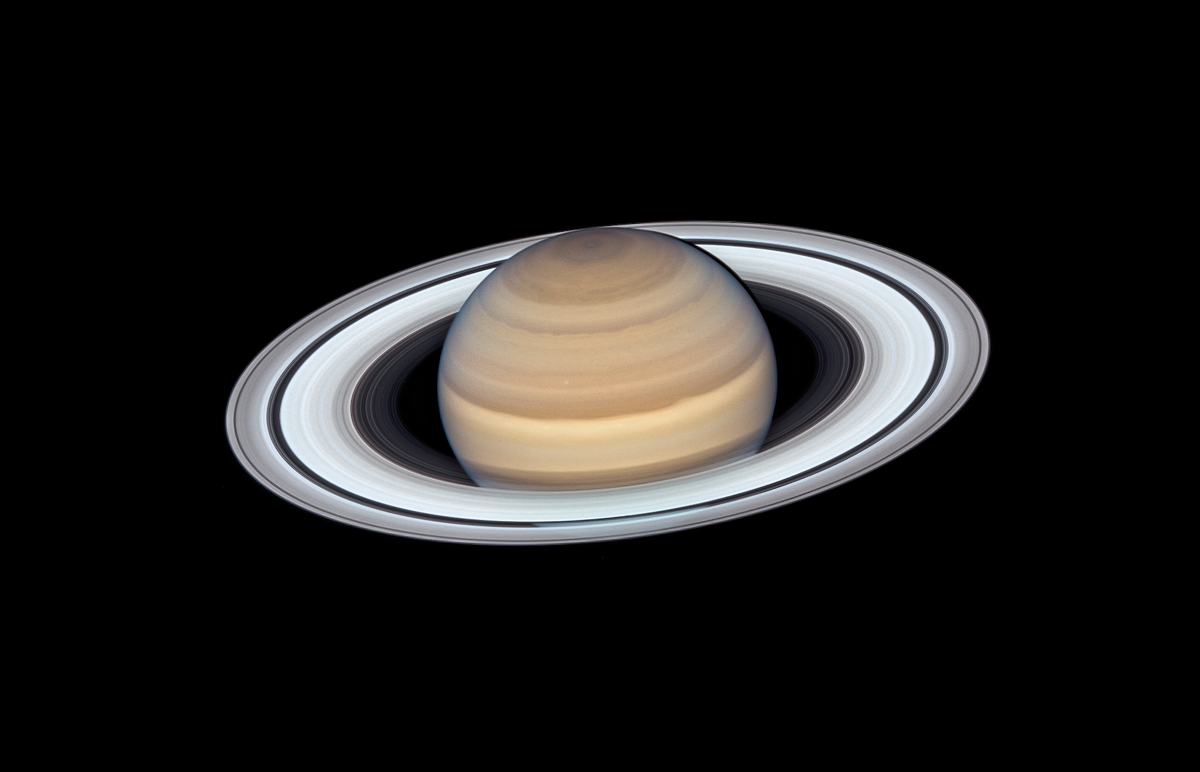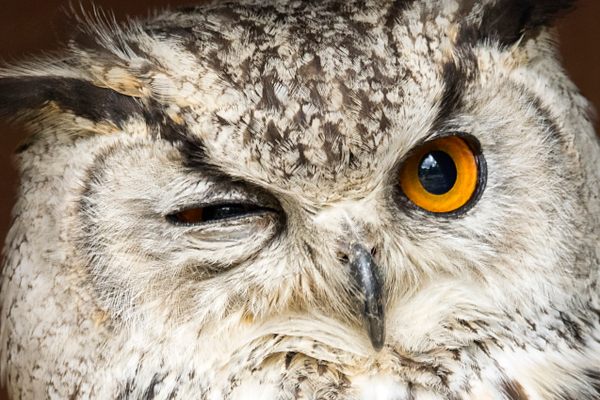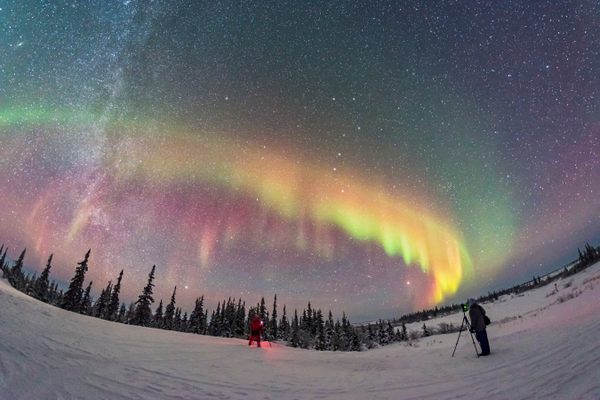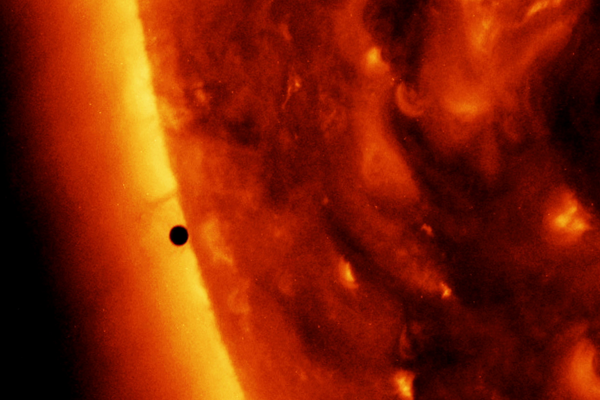Saturn at Opposition Is an Unforgettable Stargazing Experience
The ringed planet will be at its closest point to Earth, and opposite the sun, this weekend.
Atlas Obscura’s Wondersky columnist Rebecca Boyle is an award-winning science journalist and author of the upcoming Our Moon: How Earth’s Celestial Companion Transformed the Planet, Guided Evolution, and Made Us Who We Are (January 2024, Random House). Throughout the summer, she’ll be sharing the stories and secrets of our wondrous night sky.
I don’t remember the first time I noticed the Milky Way. Nor do I remember when, as a child, I fell in love with the Moon. This is something I think about a lot; I would love to access those memories, for my own sake and to describe them to my young children. But these significant firsts are gone, vanished in my rearview mirror.
There is one early stargazing experience I do remember: the first time I saw the rings of Saturn.
I was probably in third or fourth grade, and my dad took me to a star party at the Denver Museum of Nature and Science. The planetarium is downtown and the city was, as it is now, full of artificial illumination. But Saturn is so bright that it is visible even in an urban area. I don’t remember much about the context of the night, or the other things I saw. But I will never forget the sight of Saturn through a telescope.
I remember the disk of the planet, bright against the enveloping darkness, its rings not flat but tilted like the wide brim of a sombrero. I remember that it seemed to be shaking, and that I wanted to blink away the fuzziness I saw in the eyepiece, which someone, a docent or my dad, told me was due to Earth’s atmosphere, thick and turbulent even on a clear night a mile above sea level. Saturn looked faintly white, not as colorful as I imagined, or at least not as colorful as it was in the Voyager images in my Carl Sagan books. I remember that it was not what I expected—not that I had any real expectations at that age—but that it was instead something more. The floating, quivering orb was another world. I had long known this was true, I had read and watched Sagan’s Cosmos, but seeing Saturn was the first time I felt the truth of it.

Some three decades later, I took my older daughter to see Saturn’s rings for what would be her first time. There was a star party at the Missouri Botanical Garden in St. Louis, where we lived then. The haze was even more powerful, the midwestern summer air full of katydid buzz and humidity. I was probably too eager for my daughter to love this experience as much as I had. But she was gamely enthusiastic. I helped her climb a stepladder to one of the telescopes set up in the garden’s main plaza. She squinted at the eyepiece and got excited—but I could tell it was a pretend excitement. She was performing for me. I felt a little disappointed, and a little guilty. I said something parent-lame, like, “yeah, it’s cool, right?” I would try again in a few years, I told myself. She kept squinting into the eyepiece. Then her face changed. “Wait! I see it!” she shouted. She was no longer pretending, and her eyes were wide. “It looks like it has ears!”
This is exactly what Galileo Galilei called Saturn’s rings the first time he witnessed the same sight, in 1610. I was overjoyed that my daughter saw it, too. I so wanted to share this experience with her, the way my dad wanted to share it with me—but it was not only because I had loved it. I think this is something all humans should have the chance to see, if they can. Saturn’s rings provide firsthand knowledge that there are other worlds out there, and that they are not like our own.
If you have not yet had this experience, this is the best week of the year for it. Saturn is coming to opposition, the time when Earth is directly between the Sun and the planet. From our position on Earth, Saturn seems to be 180 degrees from the Sun—so when the Sun sets in the west, the planet rises in the east. The ringed planet is also at its closest distance to Earth, about 814 million miles, during this time. This weekend, it will be at its brightest for more than a year; the next opposition will happen 378 days later, owing to our 365-day orbit and Saturn’s 29.4-Earth-year orbit.
You’ll be able to see the planet easily, with unaided eyes. Look in the east-southeast after sunset. It will appear as a bright, yellowish star, though it will not twinkle as stars do. To see its rings, you will need a telescope. Even a small telescope will do, but you will get more detail with a larger-aperture scope.
Opposition occurs overnight on Aug. 26-27, and, if you have a clear view of the eastern horizon, you might even be able to see the planet rising, right at sunset. Though Saturday night is the peak, the planet will be very bright all this week and the week after. Cross your fingers for clear skies—this is one celestial event you don’t want to miss. And it might even be one you will remember, all the rest of your days.
Is there something you’d like to know about our brilliant night sky? Share your stargazing questions with us and you may see them answered in a future Wondersky column!










Follow us on Twitter to get the latest on the world's hidden wonders.
Like us on Facebook to get the latest on the world's hidden wonders.
Follow us on Twitter Like us on Facebook